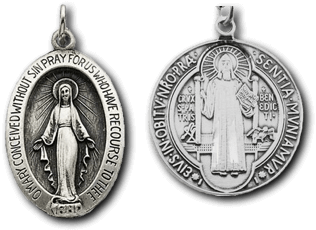Do Catholics Worship Idols?

QUESTION?
Why Catholic adore images??? Its says on bible not too!
ANSWER!
The purpose for sacred images is clearly to help human beings in our contemplation of God, of His deeds, and of the saints, so that we may draw closer to Him and be more fully joined to the Communion of Saints. For example, all of us have pictures of our own loved ones, living and deceased. I remember being shown pictures of my great grandparents whom I never personally knew or saw because they had died before I was born. These loved ones whom I know through their pictures and family stories are living realities for me. My family ties are strengthened with these people through these photos and pictures which are 'images.' I am able to know them through this picture (image) and it now becomes part of my life. I know that the actual picture is not the person, but the picture reminds me of that person and the life I shared with the person is what is important. The same is exactly true with a religious statue or image. Through these images of God, Jesus and Saints which Catholics and Orthodox Christians kiss and kneel before, they are adoring Christ and honoring the saints through these images. The Catholic Church officially teaches on the use of sacred images in its Constitution on the Sacred Liturgy (1963): "The practice of placing sacred images in churches so that they be venerated by the faithful is to be maintained. These sacred images help create a sense of the transcendent (beyond time and space). Therefore, whether in our Churches or in our homes, sacred images are a visible reminder of our Lord, the Blessed Mother, and the Saints. Conscious of their living yet invisible presence in our lives, we join our prayers with our Blessed Mother and the Saints to our Lord, looking forward to the time when we will see Him face to face. Sacred art is a pedagogical tool, it is the bible of the poor & we should build our Churches to be true Catechisms in stone"(No.125). Beauty in art, like beauty in creation, is “a key to the mystery and a call to transcendence,” explained Pope John Paul II in his 1999 letter to artists. It is not to be worshipped, but ought to raise our hearts and minds to the uncreated beauty of God (Columbia p.2, July 2009).
CON
There was a prohibition for the Jews in the Old Testament to make and worship statues because the pagan nations around Israel would make images and statues and superstitiously believe that they were divine and had some magical powers. This led to divination, idolatry, magic and sorcery. The Israelites were allowed to make statues and images to adorn their Temple (cf. 1 Kings 6:23; 7:25-36; 9:1-3) but they were warned not to worship these manmade images because God had told them that this was idolatrous. Today we have the same temptation happening in many instances, there are people that are not well instructed in their Christian faith and sometimes they blur the line between worshipping a religious image and simply venerating it. There are in fact other religions that do engage in idol worship like voodoo, macumba and santeria. These are religions practiced largely in South America and the Caribbean islands. There is nothing wrong with images as long as they are not deified and prescribed magical powers. We have American images like the Jefferson memorial, the Lincoln memorial, the Washington memorial, the Vietnam Wall memorial, the Iowa Jima monument, the Statue of Liberty and Mount Rushmore in South Dakota. These are American sacred images that are venerated (honored) but should not be worshiped because they are plaster, rock and rubble, they are not divine.




